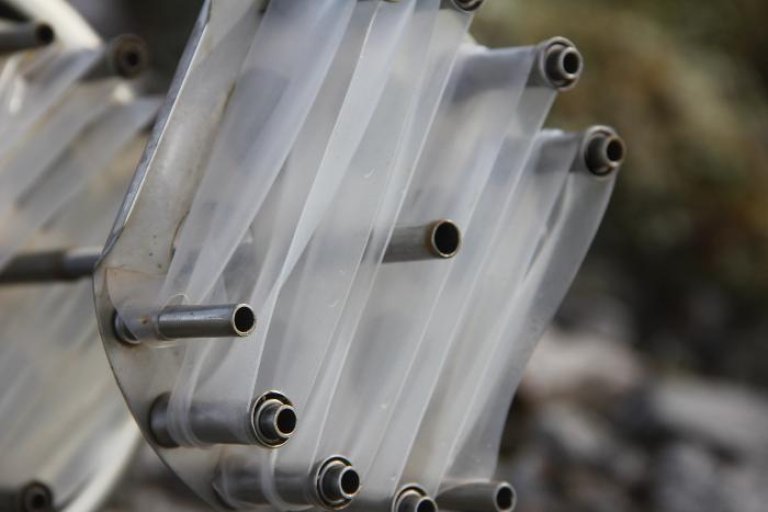
Strengthening passive sampling of nonpolar chemicals
Passive sampling is an alternative to biota-based water quality monitoring (e.g. using mussels or fish), which often suffers from confounding factors (e.g. trophic level, lipid content, season, age, gender, and food availability). These factors play no role in passive sampling. Simple polymers like silicones or low-density polyethylene are used for monitoring concentration levels of POPs in the marine environment accumulate POPs when exposed to water, and the accumulated amounts are used to measure freely dissolved POP concentrations. A successful application of passive sampling requires accurate knowledge of the polymer-water partition coefficients of the monitored POPs.

The TIMES issue, no. 61 provides guidance for the measurement of polymer-water partition coefficients. Considerations for quality assurance and quality control measures are outlined. Guidance is also given for the determination of polymer-polymer partition coefficients, which can be used to harmonize monitoring data that are obtained with different sampler materials.
- Good quality polymer-water partition coefficients are crucial for robust partition-based passive sampling of hydrophobic contaminants in water and sediments, Ian Allan, senior research scientist at the Norwegian Institute for Water Research (NIVA), says.
Dr. Allan is one of the authors of the new guidelines, and explains that the guidelines provide the information necessary for the design of laboratory experiments to measure these partition coefficients.
A press release at ICES - The International Council for the Exploration of the Sea - states that these guidelines will be useful for determining polymer-water and polymer-polymer partition coefficients in the best possible way. They can also be used to evaluate the quality of literature values of these partition coefficients. This will further strengthen the scientific basis of passive sampling-based monitoring of POPs in water, the release concludes.
>> Read more about PATCH™ - A revolution in simple and effective sampling